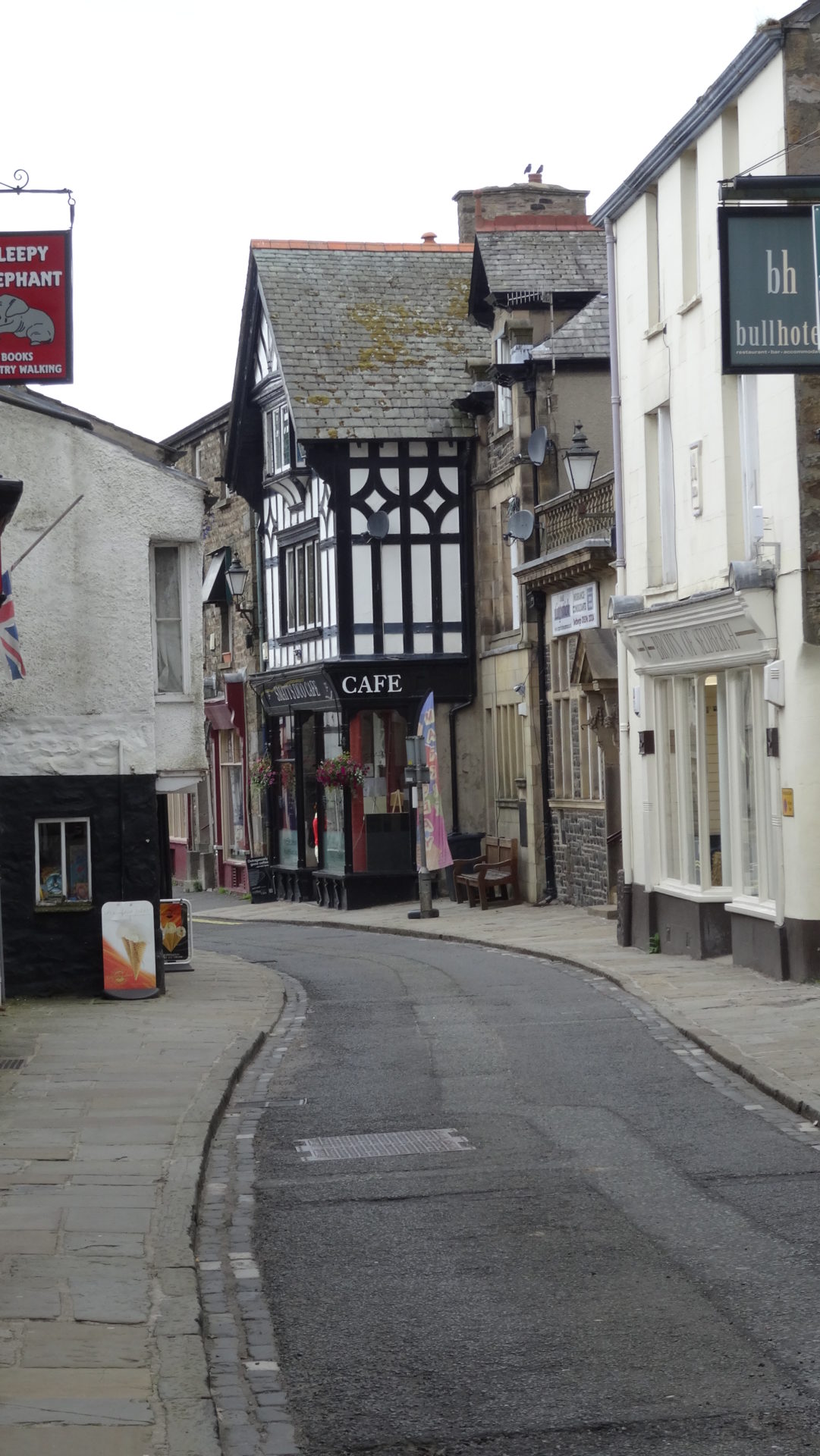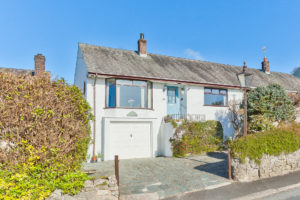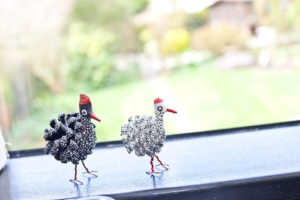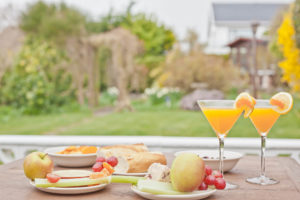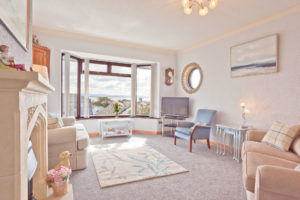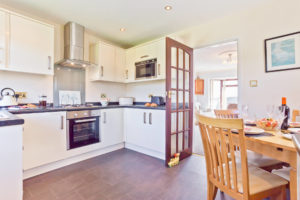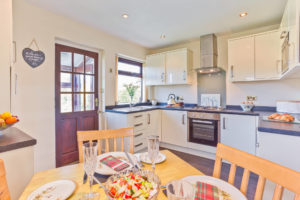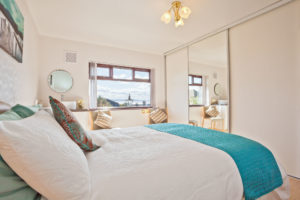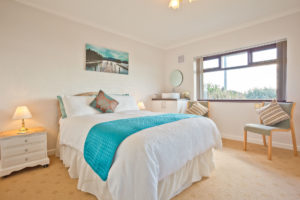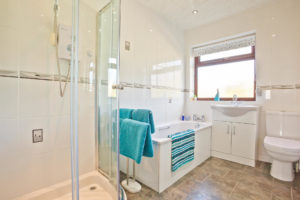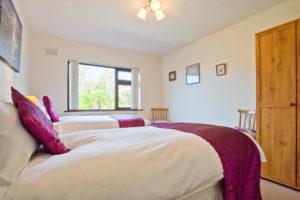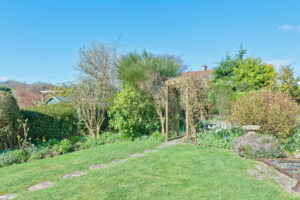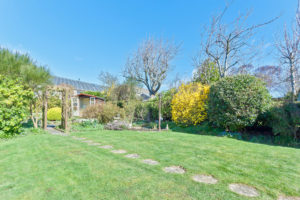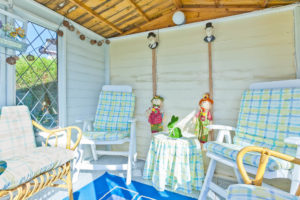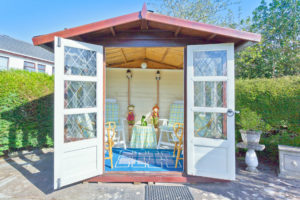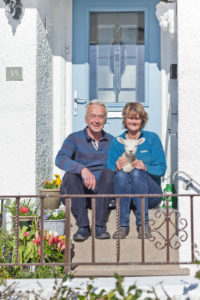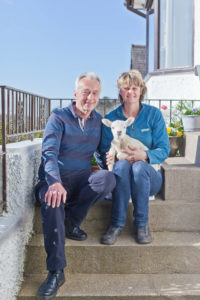Sedbergh:
Sedbergh is a small grey Cumbrian market town in the Yorkshire Dales National Park. The town’s charter dates back to 1251, long before that, the Normans built a castle here, at the strategic meeting point of four dales.
It is situated at the southern foot of the Howgills, with Winder Fell immediately behind the town.
In the mid-sixteenth century, Sedbergh was one of the poorest and most remote areas in England.
Today, Sedbergh is England’s official book town which came about after the devastating foot and mouth disease in 2001.
Many of the shops and cafes and even the chippy stock books of all descriptions.
There is even a ‘book shelter’ in the old bus shelter.
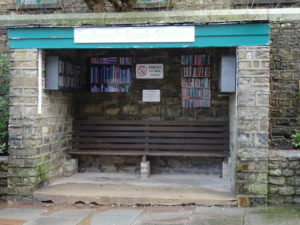
Westwood Books is the biggest bookshop in the town with more than 70,000 books in stock covering two floors.
With 20 per cent new books the remainder are second-hand.
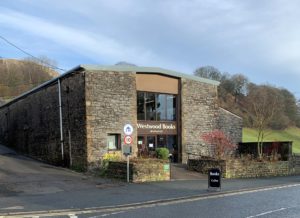
Being located in Cumbria and in the Yorkshire Dales National Park, Sedbergh is much loved for its beautiful setting in the Howgill Fells.
The smooth hump-backed fells tower over Sedbergh. They were formed of slate and gritstones which have been weathered into rounded shapes.
Romantically described by Alfred Wainwright as “a herd of sleeping elephants”, the Howgills with their distinctive grassy, grassy tops are well known, at least visually, to travellers on the M6 motorway.
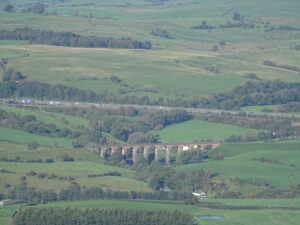
Being within the Yorkshire Dales National Park it’s an area that has little in common with its nearest neighbor, the Lake District.
With its narrow streets and alleys, Sedbergh is a great place to visit.
Sedbergh School
The famous public school was founded in 1525 by Roger Lupton who served as chaplain to Henry VII and Henry VIII. This thriving school has about 500 pupils and occupies some attractive buildings on the edge of town.
It also owns a quantity of land, much of which is used as sports fields, resulting in plenty of open space within the town’s boundaries.
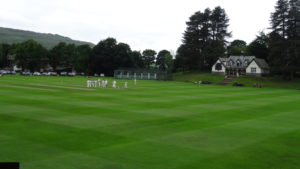
The grounds of Sedbergh School contain a variety of habitats that support a rich diversity of wildlife.
Furthermore, in 1985, the Sedbergh Scool Conservation Group was formed to give pupils practical experience in conservation work.
St. Andrew’s Church
The Parish church of St Andrew is in the heart of the town and dates back to Norman times, but has been much altered since, including a major restoration in 1886-87.
It is surrounded by the graveyard which contains spectacular rhododendrons.
The church we see today was built around 1350. There is evidence that on this site the first stone building was erected in the mid-11th century.
Roman Catholic services are also held in the church – which would astonish our ancestors who endured the bitterness of the Reformation.
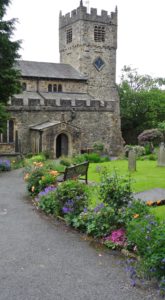
The Pepper Pot
The Pepper Pot is a well-known local landmark that was probably built by the former owner of the Akay Estate, Charles Edward Taylor.
Its original purpose is unclear but is likely to have been built for Mr Taylor’s daughter, Anne who is thought to have developed Tuberculosis at the age of 18.
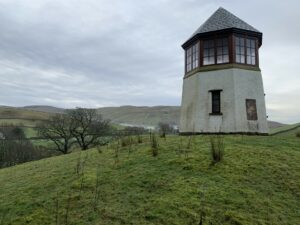
Rather than send his daughter away to live in a sanatorium, Mr Taylor built Pepperpot.
This allowed Anne to live close to her family and friends without contaminating them.
In the early part of the 20th Century, some that sunlight killed tuberculosis bacteria, and treatment should include living somewhere light and airy.
Anne is believed to have survived for just three years before dying at the age of 21.
The Pepper Pot is beautiful in its miniature eight-sided completeness. To the south, it has the River Rawthey at the foot of the hill, and to the north, the Howgill fells stand proud in all their glory.
The last resident of Pepperpot is thought to have been E.G Macpherson, a master at the Preparatory School, who lodged in the house during the summer months of 1931.
The Black Bull Inn
The Black Bull dates back to the 17th century, and its historic facade and traditional architecture transport patrons to a bygone era.
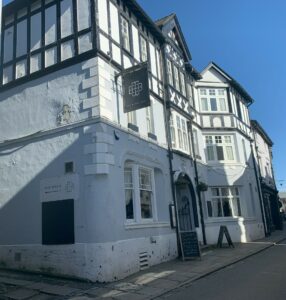
The building’s character is enhanced by its warm, inviting atmosphere, making it a popular choice for locals and visitors alike.
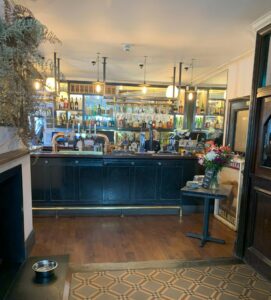
As you step through the door, you can almost feel the echoes of conversations and laughter that have filled the space over the centuries.
Sedbergh sits at the confluence of four rivers – the Lune, Rawthey, Dee, and Clough, which made it an ideal location for the textile industry.
The town became an important trading route across the Pennines which ran through the town and became the centre of a thriving woollen industry.
The industrial revolution saw the development of several mills, for water power was freely available, as was the wool for spinning and weaving.
One by one the mills closed and the last viable one, Milnthrop Mill, was burnt down in a spectacular fire in 1967.
Today, the only remnant of the industry remains in the shape of Fairfield Mill.
Fairfield Mill, was built as a woollen mill in 1836, was rescued from closure in 2018, thanks to a huge fundraising campaign. Today it is an art and heritage centre.
The 400-year-old Cross Keys Temperance Inn is 4 miles north of Sedbergh heading towards Kirkby Stephen.
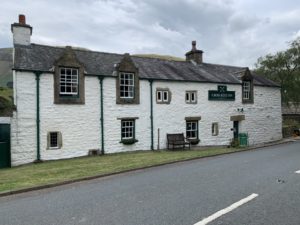
This original National Trust inn is well worth a visit to step back in time.
If you are looking for a holiday cottage with easu access to Sedbergh, enquire here.
